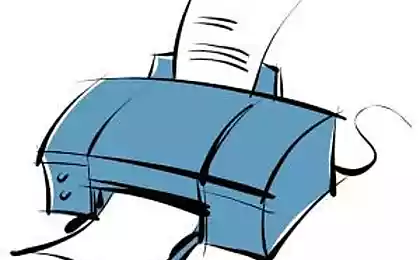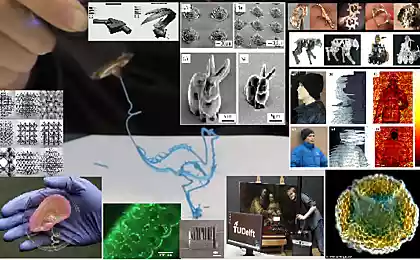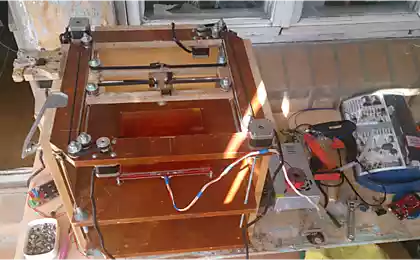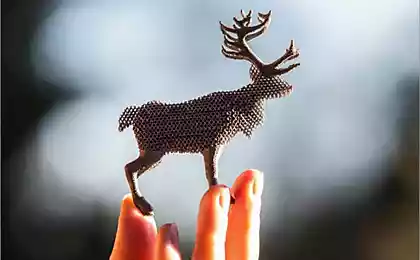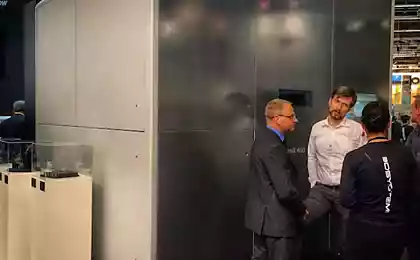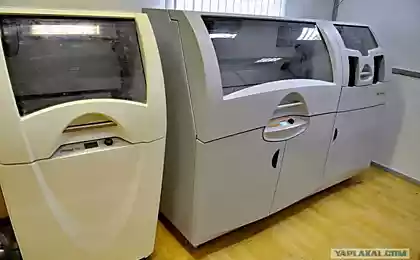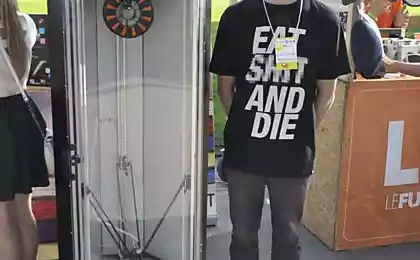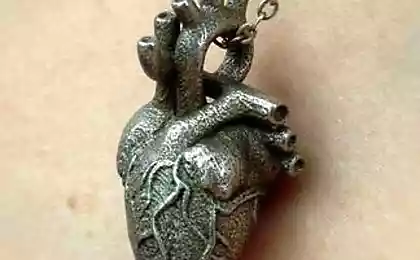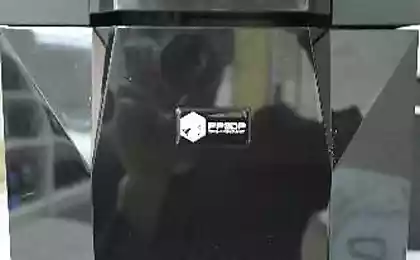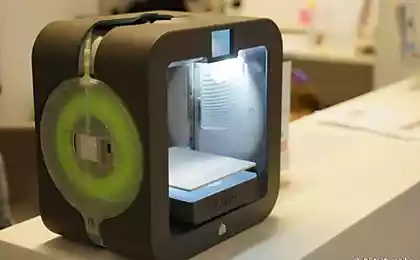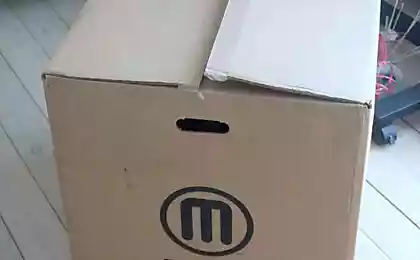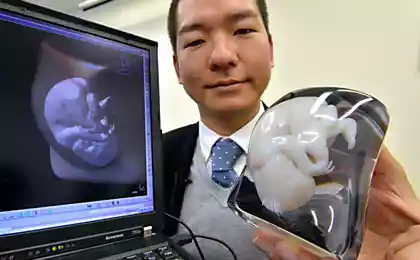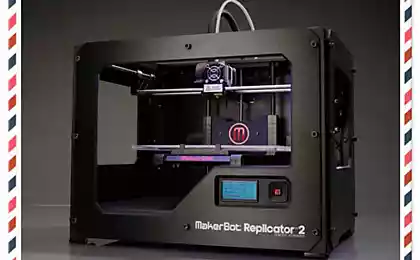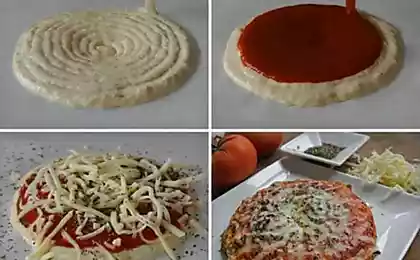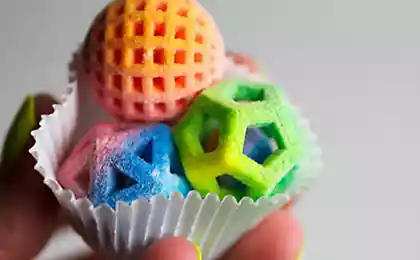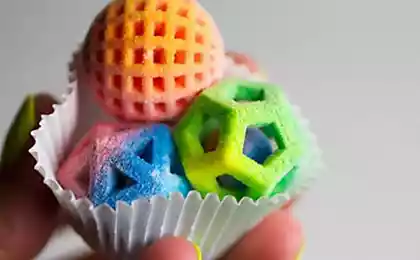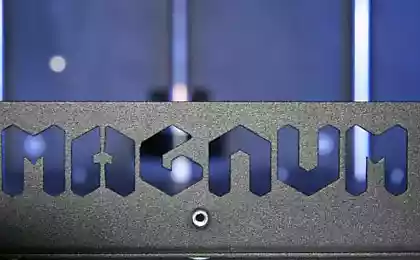903
Heart printed on 3D-printer saved 4-year-old Mia Gonzalez
Welcome to the pages of the blog iCover . In surgery, there are cases when the task facing the specialist admits the possibility of using multiple operational methods. And only one of them is the right one. Find and take a decision experts Clinic cardiovascular center in Miami helped Nicklaus 3D-technology. About 4 years Mia Gonzalez, whose health was restored thanks to 3D - printer and the prospects of a new approach to surgery using the capabilities of 3D-protipirovaniya we describe in this article.
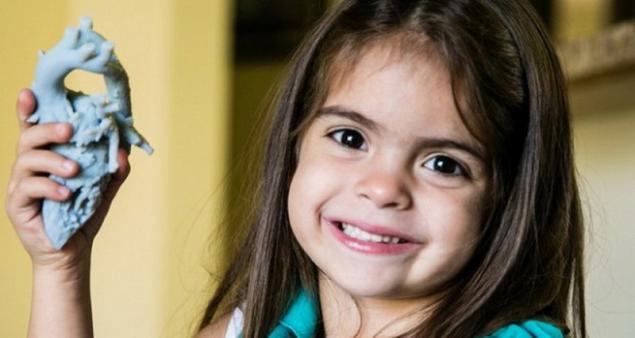
With the first major test crumb Mia Gonzalez was destined to meet in the first years of life. And if not accurately, the first 3, 5 years during which she suffered at least 10 hospitalizations, turned to the girls in one big test. Endless abnormal cold and runny nose, became her faithful companions, completely deprived the baby familiar children's joy. In recent months, to support respiratory functions for vital level, girls had to make special preparations.
Surveys done by Mia while staying at a local clinic doctors led to a disappointing conclusion that the child suffers from a rare pathology called "double aorta", wrong location which leads to compression of the trachea and, as a consequence, problems with breathing and swallowing. Conclusion doctors shocked the parents to bring the situation under control 4-year-old Mia require open-heart surgery with the correction of the aorta.
The complexity and originality of the case served as a reason for doctors to seek help from innovative technologies 3D-printing. And to find the right solution of the intricate maze equally probable outcomes help heart model Mia, printed on 3D-printer.
Augmented Reality Mia h2>
Prospects method h2>

With the first major test crumb Mia Gonzalez was destined to meet in the first years of life. And if not accurately, the first 3, 5 years during which she suffered at least 10 hospitalizations, turned to the girls in one big test. Endless abnormal cold and runny nose, became her faithful companions, completely deprived the baby familiar children's joy. In recent months, to support respiratory functions for vital level, girls had to make special preparations.
Surveys done by Mia while staying at a local clinic doctors led to a disappointing conclusion that the child suffers from a rare pathology called "double aorta", wrong location which leads to compression of the trachea and, as a consequence, problems with breathing and swallowing. Conclusion doctors shocked the parents to bring the situation under control 4-year-old Mia require open-heart surgery with the correction of the aorta.
The complexity and originality of the case served as a reason for doctors to seek help from innovative technologies 3D-printing. And to find the right solution of the intricate maze equally probable outcomes help heart model Mia, printed on 3D-printer.
Augmented Reality Mia h2>
The latest 3D-printer that Children's Hospital Cardiovascular Surgery Nicklaus won in Miami in 2015, has already been used to print exact copies of 25 children - in patients with congenital heart disease requiring complex surgical treatment. The ability to accurately visualize organs to be surgical intervention "in the original" taking into account all the individual characteristics of the patient allowed Dr. Burke to find and to make such decisions, which, he said, he would never have dared guided only by logic, knowledge and experiences. And the results of this approach have surpassed all expectations.
As in previous cases, in-depth analysis of the situation was preceded by the production of replica heart girls affected by pathological changes. As the "information pattern" Print Mia heart model as in the previous cases, the patients were used in MRI and CT-scan, and the starting material - plastic or rubber.
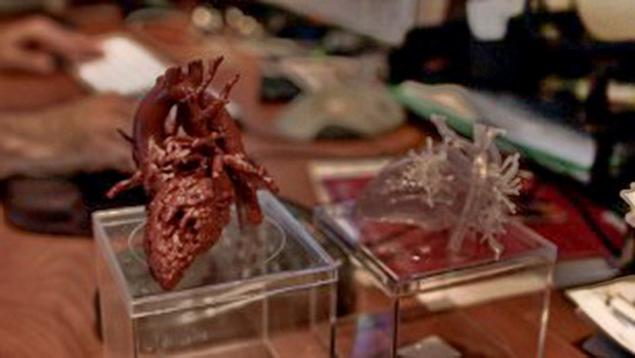
In planning the operation and search for the most sparing technology at the leading surgeon clinic Redmond Burke took more than two weeks. And here the invaluable assistance again had made the exact prototype, with which the doctor often went to his colleagues to clarify some ambiguous question. As a result of reflections on the case of Mia and accumulated useful information formed the basis for custom solutions - not to carry out an incision on the left side of the sternum, as prescribed in such cases, and on the right. This, according to Burke greatly increases the chances of the baby Mia to carry out a successful operation and a speedy post-surgery rehabilitation.
"If not for this model, I would have to make a larger incision, which could force the girl to suffer much stronger, and would require more time for rehabilitation," - said Burke, adding that reject all doubts in the decision helped mainly , namely 3D-printer.
Prospects method h2>
Despite the fact that the method used in operational practice clinics Niklaus does not involve printing and replacement biological body detailed prototype in many cases eliminate the need to allow the transplant, restricted to the local surgery. According to information provided by Scott Rader (Scott Rader) - General Manager of the company Stratasys, delivering 3D-printers to the global market, today in the world are already working models of 200 and 75 of them are in US hospitals.
Until recently, the use of 3D printing in medicine was limited prototyping surgical instruments and performing some simple operations. Only the last few years, the proposed technology has allowed to print exact copies of patients with hardware using the results of laboratory tests. Printed prototypes, according to Rader - irreplaceable help during difficult operations, among which include the removal of a brain tumor. Excellent prospects for modeling complex pathologies of patients and opens up for use in the walls of the medical universities.
"It is important that received at its disposal a body of the prototype of the patient, which is preparing for the operation, the surgeon gets a unique opportunity to practice the technique of surgery on the model as many times as necessary to find the best option" - says Rader.
In the coming years, according to Scott Rader, surgeons will be able to print new organs for people on the printers, instead of using plastic and rubber "ink" on the basis of human cells. But imitation of the methods of 3D-printing - it is definitely "breakthrough technology, dramatically affecting the way we have explained to the patient, as we prepare for the operation, as we do and how we teach medical students" - shares his thoughts professor at Harvard Medical School and a member of the science club simulation Beth Israel Deaconess Medical Center in Boston, Daniel W. Jones.
For Sale 200 printer on the planet - it's a drop in the ocean. Today the situation is more like a "... big secret, held in secret" - says Dr. Jones, who has spent all recent study of the views of surgeons to the new technology. However, the situation with its implementation is encouraging, because the cost of equipment becomes more accessible, and the results achieved should be recognized as the most persuasive argument.
"Such a 3D-printer and related software, tend to cost up to $ 100,000, which is less than the laboratory complexes CT or MRI," - says Scott Rader. And given the performance of surgical treatment, and reduce the time required for the operation and rehabilitation of the patient's use of technology for 3D-prototyping of the most brilliant prospects open.
4 months have passed since the operation Mia. Today all that reminds the girl of the operation, and 4 years of torment - a little bit itchy postoperative scar. And now more worried about the girl dance concert program, which it shall prepare in just a certain month.
The article was prepared on the CNN
Dear readers, we are always happy to meet and wait for you in the pages of the blog iCover! We will continue to delight you with their publications and will do everything possible to ensure that the time spent with us will bring pleasure to you. And, of course, do not forget to subscribe to our heading and we promise - will not be bored!
Our other articles
11 pictures of how much the world has changed
Consumer Reports magazine questioned the reliability of Tesla Model S

